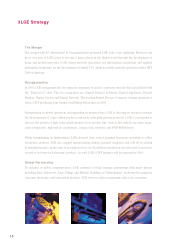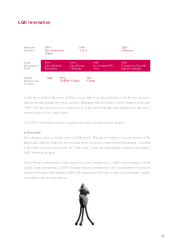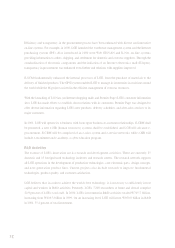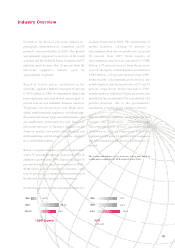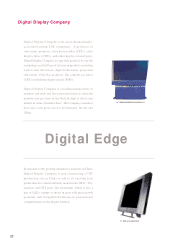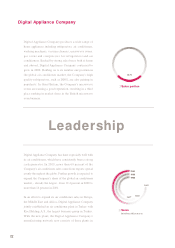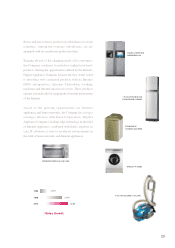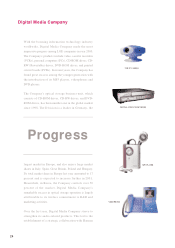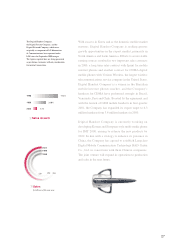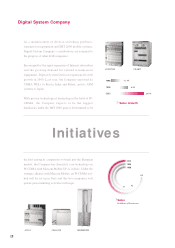LG 2000 Annual Report Download - page 18
Download and view the complete annual report
Please find page 18 of the 2000 LG annual report below. You can navigate through the pages in the report by either clicking on the pages listed below, or by using the keyword search tool below to find specific information within the annual report.
Economy Overview
World Economy
In 2000, the global economic growth rate reached
4.8 percent, the highest since 1988. This growth
was due primarily to the economic surge of the
United States and widespread economic recovery in
Europe, Japan, and newly emerging markets in
Asia and Latin America.
Despite interest rate increases since June 1999 and
jumps in the price of oil, the United States'
economy made progress in 2000. Its annual growth
rate reached 5 percent in 2000, boosted by
increases in consumption, facility investment, and
exports. Comparatively, Japan's rebound from the
economic slowdown was low but strong, exhibiting
2 percent growth in 2000. The European economy
was similarly strong in 2000, generating growth
greater than 3 percent, mainly due to economic
expansion in the region and a weak euro for most
of the year. Among Latin American countries,
Brazil, Chile, and Mexico surged while Argentina,
Venezuela and Ecuador displayed slower growth.
Inflation - except in Japan - and a lowered
unemployment rate were the result of outstanding
world trade growth. Compared with 5.1 percent in
1999, it grew more than 10 percent on the basis of
volume. This increase was facilitated through
boosts in imports of advanced countries and in
exports of emerging economies.
In 2001, the world economy's growth rate is
expected to drop below 4 percent, while the volume
of world trade is anticipated to slow to 7 percent
growth. These lower figures are attributable to the
following factors: a worsening American economy,
instability of the euro, an uncertain global financial
market, and mounting concerns regarding political
unrest, rising oil prices, and currency instability in
Asia.
The Korean Economy
The Korean economy continued to recover in 2000,
with a GDP growth rate of 9.2 percent through the
third quarter of 2000. The growth rate for fiscal
1999 was 10.9 percent. Based on factory prices,
Korea's global trade increased 36.9 percent,
compared to 16.8 percent in 1999. Despite these
signs of recovery, there is now general concern
about an economic downturn.
The foreign exchange rate abruptly increased in the
last two months of 2000, reflecting widespread
frustration from sluggish economic reforms and the
sharp depreciation of the Japanese yen. As of
November 30, 2000 and December 31, 2000, the
prevailing exchange rates were W1,214.3 and
W1,260 per US$1.00, respectively, an increase
from W1,139.0 on October 31, 2000 and W1,134.5
on December 31, 1999. The Korean stock market
also wildly fluctuated, closing the Korea
Composite Stock Price Index (KOSPI) with 504.6
points. In the previous year, KOSPI amounted to
1,028.1 points.
As the global economy slows, the Korean economy
in 2001 will be unfavorably affected by domestic
and external factors. The GDP growth rate is
expected to decline to approximately 5 percent. The
export of information technology (IT)-related
products, a decisive factor in the recent growth
spurt, is expected to significantly decline due to
falling international semiconductor prices and less
demand for IT products.
18




